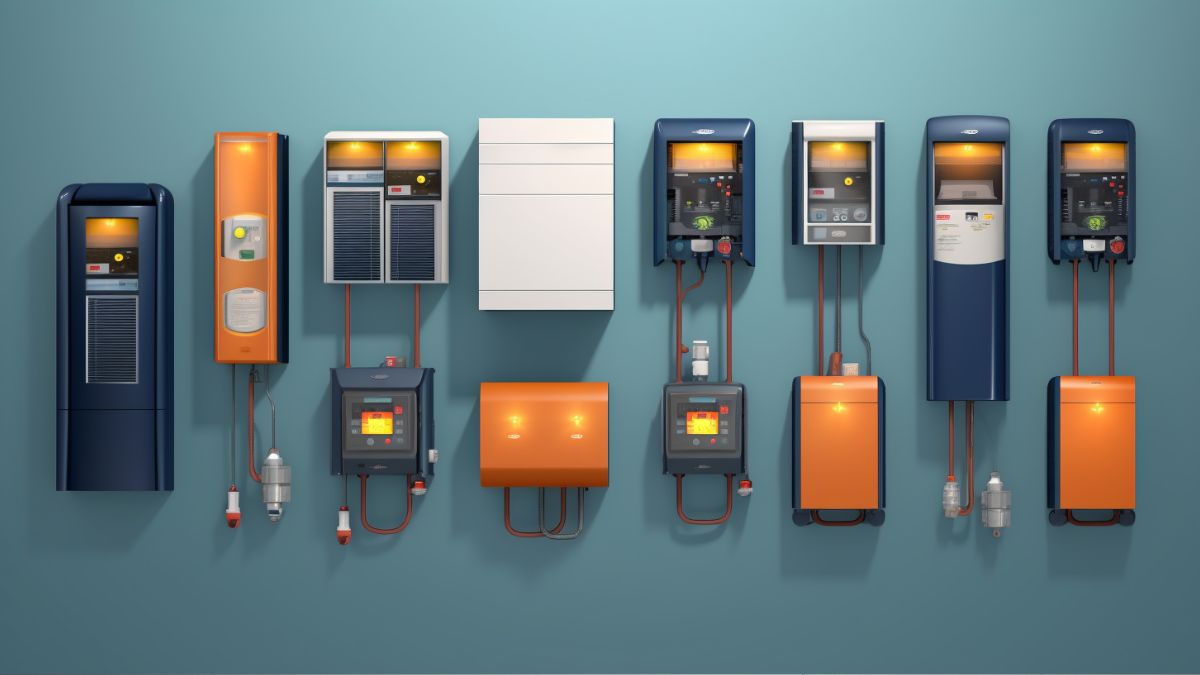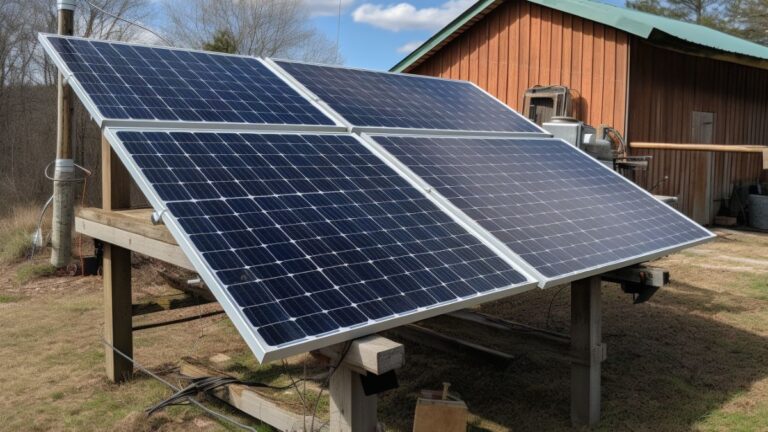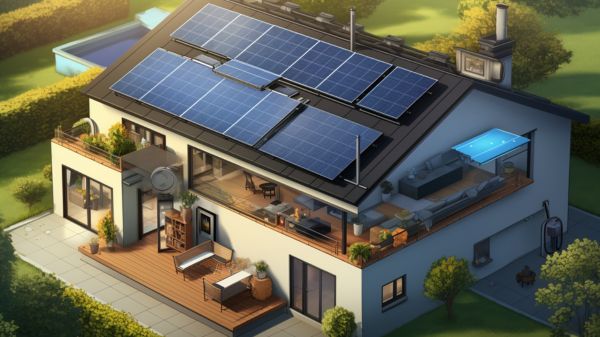Choosing The Right Solar Inverter For Your Project
Incorporating solar panel power systems into residential and commercial projects has become increasingly popular due to the growing concern for sustainable energy sources. However, choosing the right solar inverter for a project is essential for optimal performance and efficiency.
Solar inverters are responsible for turning the direct current (DC) energy produced by solar panels into alternating current (AC) energy that can be used to power homes or buildings. There are various types of solar inverters available, each with its unique features and advantages.
Residential and commercial solar systems differ in size and energy requirements, making it crucial to select the right type of inverter for the specific project. This article will explore the different types of solar inverters, such as string inverters, string inverters with power optimizers, and micro-inverters, and provide guidance on selecting the best inverter for a particular project.
By understanding the different types of solar inverters and their functions, builders and homeowners can make informed decisions that maximize the benefits of solar energy and contribute to a more sustainable future.
Key Takeaways
- Choosing the right solar inverter is essential for optimal performance and efficiency of solar panel power systems.
- The type of solar inverter to be used depends on the size and energy requirements of the structure, shading mitigation capabilities, cost considerations, and maintenance requirements.
- Micro-inverters are the inverter of choice for residential solar projects due to low failure rates, 25-year warranty and minimization of power reduction due to shading or dirty panels.
- Commercial solar systems require larger solar panels and inverters that can handle a heavier load, with maintenance requirements being higher than for residential inverters.
Residential vs. Commercial Systems
When deciding which type of solar inverter to install, builders must consider the size and energy requirements of the project. Commercial systems typically have larger solar panels and require inverters that can handle a heavier load than those used in residential systems. The power output of commercial solar panels can range from 10 kW to 100 kW or more, while residential solar panels usually range from 3 kW to 10 kW.
This significant difference in size and energy requirements means builders need to choose an inverter that can handle the specific load of the project. In addition to size and energy requirements, builders also need to take into account cost considerations and maintenance requirements. Larger commercial systems may require multiple inverters to handle the load, which increases the overall cost of the project.
Maintenance requirements for commercial inverters are also higher, as they are more complex and have more components than residential inverters. Builders need to carefully consider these factors when choosing the right solar inverter for their project.
Types of Solar Inverters
The diverse range of solar inverters available in the market today can be categorized into string inverters, string inverters with power optimizers, and micro-inverters.
String inverters are the most commonly used in larger commercial projects as they are straightforward and the least expensive. They convert the DC electricity generated by the solar panels into AC electricity, which can be used in homes or fed back into the grid. However, one of their main disadvantages is that if one panel is shaded or malfunctions, it can affect the output of the entire string.
String inverters with power optimizers, on the other hand, take care of shading issues and provide consistent and reliable power delivery. They are a good choice for commercial projects as they can handle the larger load.
Micro-inverters are another type of solar inverter that convert DC to AC right at each solar panel. They are the inverter of choice for residential projects as they can mitigate power reduction due to shade or dirty panels. Failure rates for micro-inverters are low, and the 25-year warranty is a big plus. However, they are more expensive than string inverters and require more installation considerations.
Selecting the Best Inverter
To select the most suitable solar inverter for a residential or commercial project, it is important to carefully consider the size and energy requirements of the structure and the different types of solar inverters available. Inverter sizing is crucial as a properly sized inverter ensures that the solar panel system operates at maximum efficiency and output.
For commercial projects, string inverters with power optimizers are recommended as they are designed to handle the larger energy requirements of commercial structures. On the other hand, micro-inverters are the inverter of choice for residential projects as they are capable of mitigating power reduction caused by shading or dirty panels and are known for their low failure rates and long warranty periods.
Shading mitigation is another factor that must be considered when selecting the best solar inverter for a project. String inverters with power optimizers are known to take care of shading issues and provide consistent and reliable power delivery for commercial projects. Micro-inverters, on the other hand, convert DC to AC right at each solar panel, ensuring that power reduction due to shading or dirty panels is minimized.
Ultimately, choosing the right inverter for a solar panel system will depend on the specific requirements of the project, and careful consideration of the size and energy requirements of the structure, as well as the inverter’s shading mitigation capabilities, will ensure that the system operates at maximum efficiency and output.
Conclusion
In conclusion, the choice of solar inverter is a crucial factor in determining the effectiveness of a solar power system. Whether it is a residential or commercial project, the size and energy requirements play a significant role in determining the type of inverter needed.
The three main types of inverters available are string inverters, string inverters with power optimizers, and micro-inverters, each with its unique advantages and disadvantages.
Choosing the right inverter requires careful consideration of the project’s specific needs and goals, including cost, efficiency, and reliability. A well-chosen inverter can significantly impact the overall performance and longevity of the solar power system. Thus, builders and project managers must work closely with solar experts to determine the best inverter for their project.
As the world continues to shift towards renewable energy sources, the importance of choosing the right solar inverter cannot be overstated. It is a crucial step towards achieving a sustainable and greener future. By making an informed decision, builders and project managers can ensure that their solar power systems are efficient, reliable, and cost-effective, contributing to a better world for future generations.







4 Comments
Comments are closed.